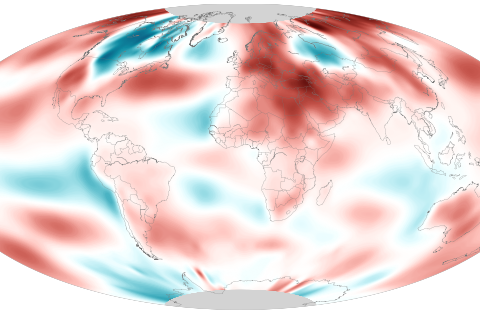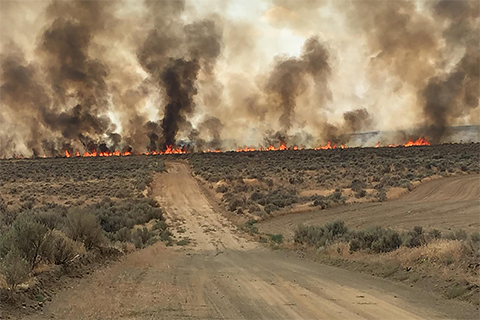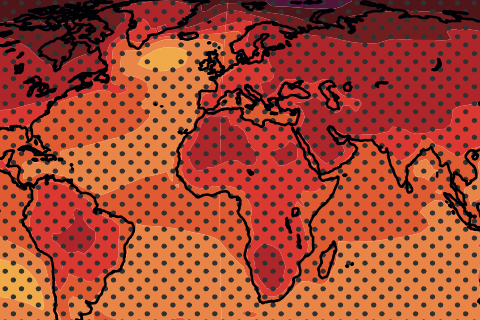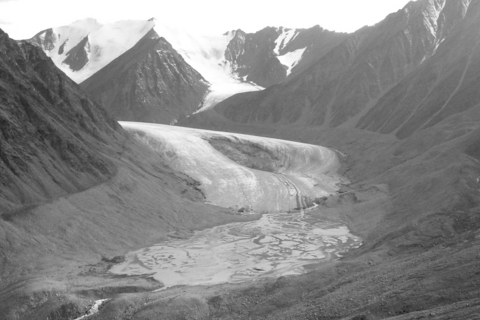
Potential effects of global warming include sea level rise, more frequent and more extreme heat waves, intensification of wet and dry regional climate patterns.

No. By a large majority, climate scientists agree that average global temperature today is warmer than in pre-industrial times, and that human activity is the primary contributing factor.

Yes, there are, but the only new process on Earth that has been identified that can account for the significant tipping of Earth's carbon balance is human activity, including deforestation, biomass burning, cement production, and—especially—fossil-fuel emissions.

Yes, human activities exert a cooling influence on Earth in several ways. Overall, this cooling influence is smaller than the warming influence of the heat-trapping gases humans put into the air.

There is overwhelming scientific evidence that Earth is warming and a preponderance of scientific evidence that human activities are the main cause.

Yes, human activity is putting carbon dioxide into the atmosphere faster than natural processes take it out. Rising carbon dioxide levels are strengthening Earth's greenhouse effect and causing global warming.

Considering some locations experience temperature swings of 30°F or more in a single day, warming of 1.8°F (1°C) might seem small, but Earth's annual temperatures are very stable when climate isn't changing.

Our global historical temperature records undergo rigorous quality control and independent peer review. Plus, the proof Earth is warming is practically everywhere you look.
Differences in exposure to sunlight, cloud cover, atmospheric circulation patterns, and other factors influence whether and how much a location is warming or cooling.

Women from states in the U.S. Southeast have the highest rates of premature deliveries in the country. Extreme heat plays a role.